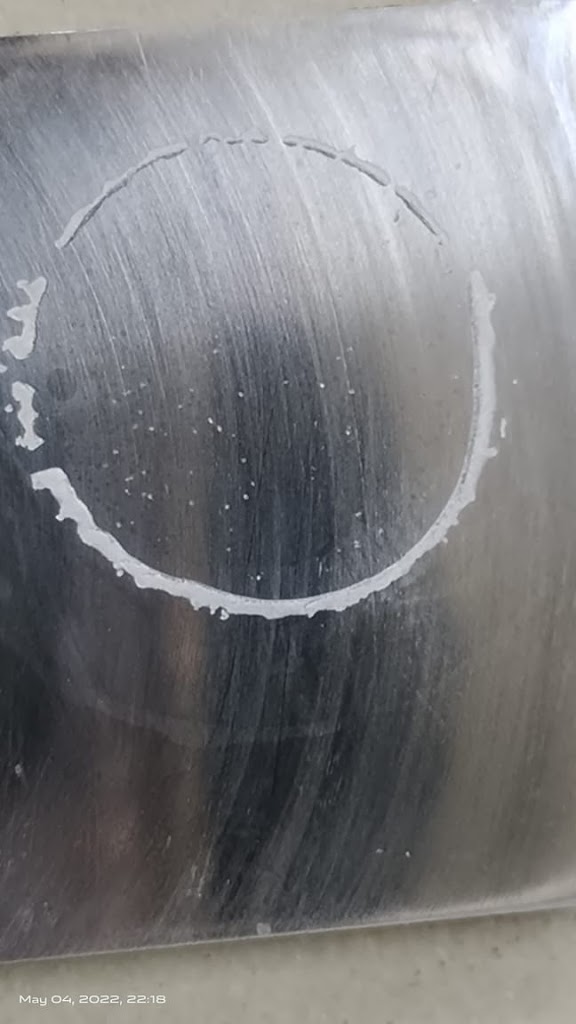1 Galvanic Corrosion
Galvanic corrosion is also known as bimetallic corrosion, as the name suggests two different types of metal, when two dissimilar metals kept together directly or indirectly, in one of the metals corrosion rate occurs at a faster pace and the other metal remains unaffected. There is basically a galvanic couple that forms between the metals and one become anodic and the other cathodic. The main factor which plays the role is the magnitude of the potential difference between the metals.
Prevention – Selecting the metals with less difference in the galvanic series helps in the prevention of galvanic corrosion.
2 High-temperature Corrosion
Generally above 500ºC high-temperature corrosion takes place. Although there are many things that occur at high temperatures one of the main things is oxidation. Because of this the loss in material changes in mechanical properties because of the change in the microstructure of the alloy, and many more occurs
3 Intergranular Corrosion
In this corrosion, grain boundaries are under attack, and carbides are formed, further propagating for higher corrosion. The cause of this corrosion, in general, is improper heat treatment. In austenitic stainless steel, chromium carbides can become precipitated at the grain boundaries which reduces the individual chromium concentration and makes boundaries prone to corrosion.
4 Localised Corrosion – Pitting
The most common form of localized corrosion is pitting corrosion. As the name suggests it forms a hole of a small diameter that penetrates into the surface, generally visible to naked eyes and the remaining surface is intact. The leading causes of pitting corrosion are lack of passive film, high aggressive medium in which the metal exists, poor coating application, and much more.
5 Localised Corrosion – Crevice
One of the highly penetrating types of localized corrosion is a crevice, which occurs due to a small gap in the surface of the metal for example cracks, seams, small spaces that occur during manufacturing, and much more.
6 Localised Corrosion – Filiform
Corrosion that occurs under the coated surface on the main metal. Occurs due to the defects in the coating of the surface when some external elements attack the main metal because of the defect in the protective layer.
7 Stress Corrosion Cracking (SCC)
The corrosion occurs due to the tensile, bending, and torsion stress generally often at rapid high temperatures. The only prevention for SCC is to choose proper fabrication with suitable material and suitable thermal and mechanical stresses.

